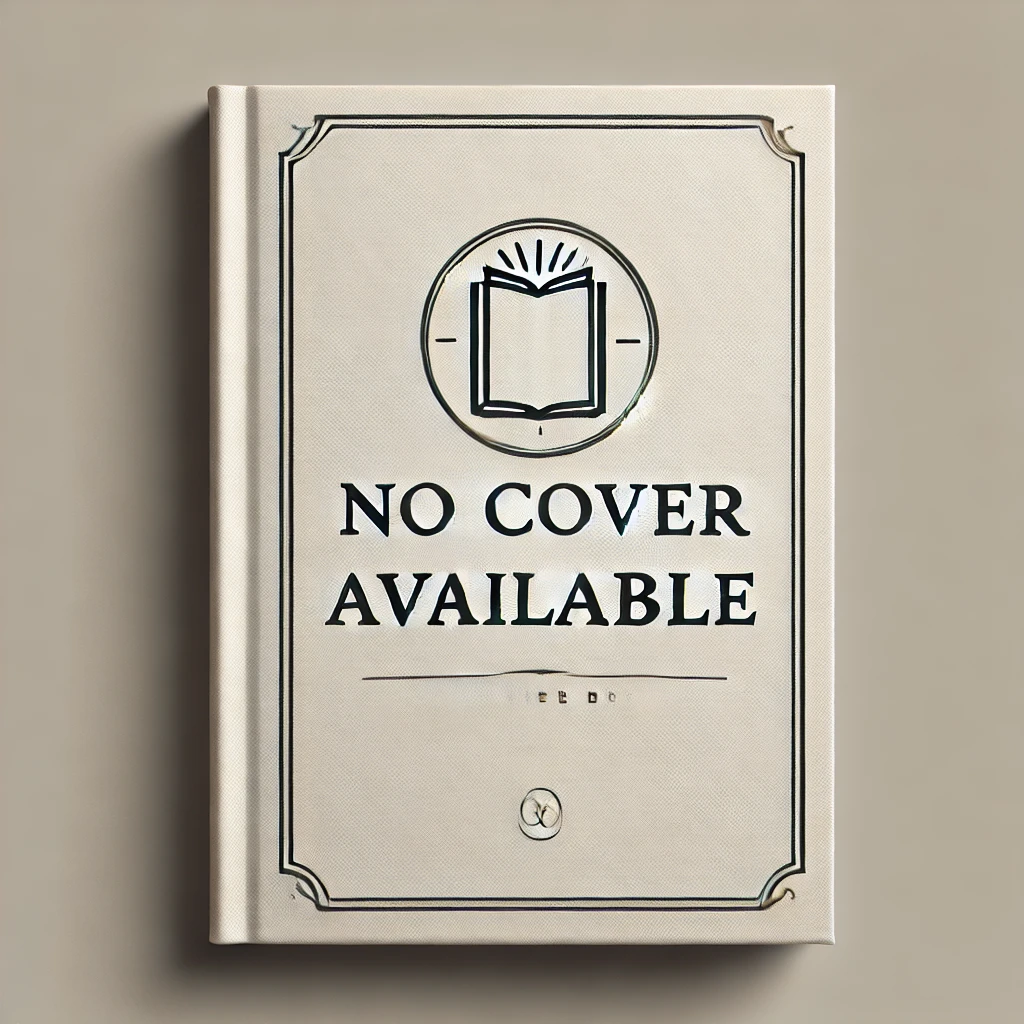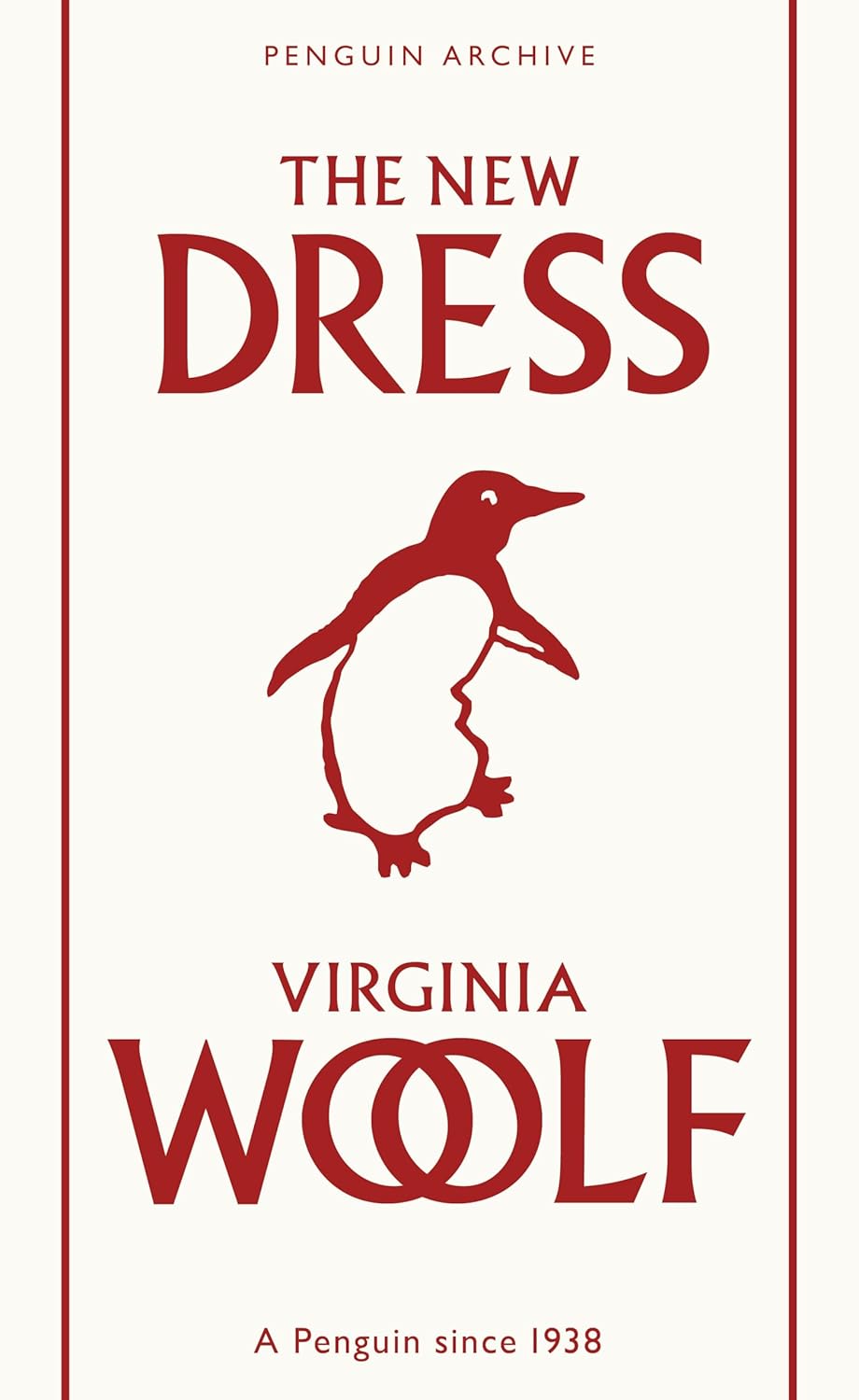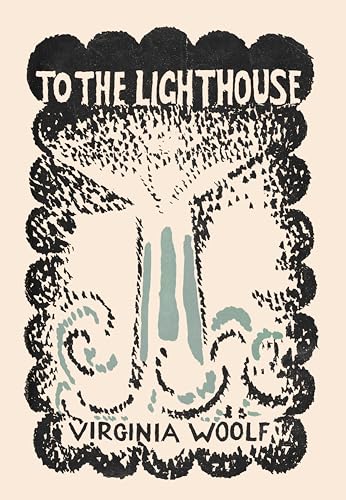Virginia Woolf's A Room of One's Own is a seminal essay that explores the intersection of gender and literature, advocating for women's intellectual freedom and creative independence. Through a blend of personal narrative, historical analysis, and feminist critique, Woolf argues that a woman must have financial independence and a private space-both literally and metaphorically-to write and create. The essay is rich with Woolf's signature lyrical prose, weaving together reflections on the societal constraints faced by women writers throughout history. It challenges the patriarchal structures that have historically marginalized women's voices, making a compelling case for the necessity of both physical and mental space for women to flourish as artists. A Room of One's Own remains a powerful and thought-provoking work that continues to inspire discussions about gender, creativity, and the importance of self-determination in the pursuit of artistic expression.
Virginia Woolf
Virginia Woolf was a prominent English writer and modernist literary figure. Known for her stream-of-consciousness writing style, she challenged traditional narrative structures and explored themes of gender, class, and mental health in her works. Some of her most notable works include "Mrs. Dalloway," "To the Lighthouse," and "Orlando." Woolf's contributions to literature include her innovative approach to character development and narrative technique, as well as her exploration of the inner lives of her characters. Her most famous work, "Mrs. Dalloway," is considered a masterpiece of modernist literature and a reflection of Woolf's unique literary voice. Woolf's impact on the literary genre is undeniable, as she paved the way for future generations of writers to experiment with form and style in their own works.



